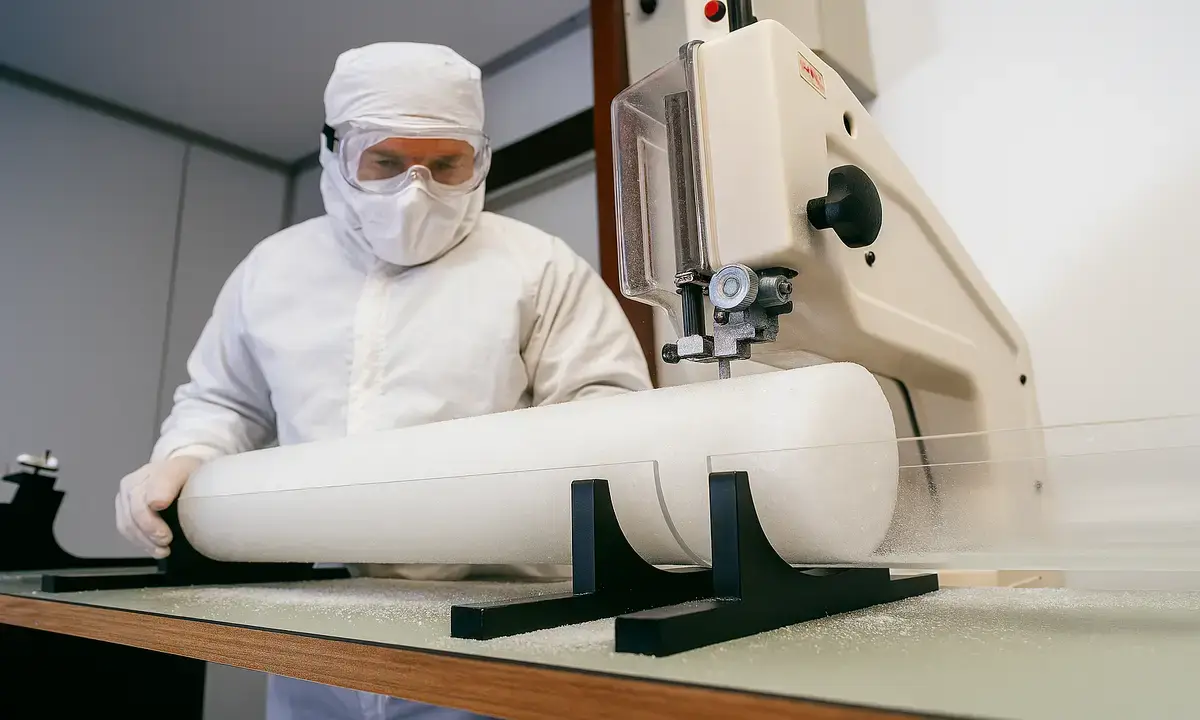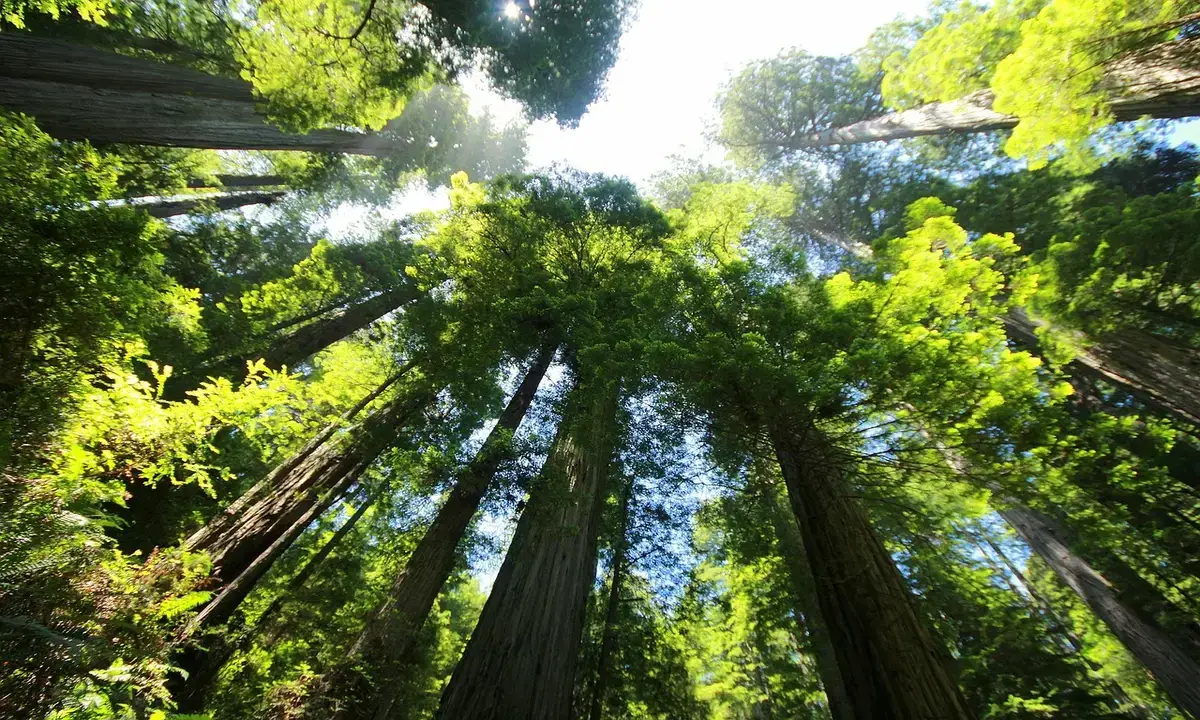Atmospheric CO₂ Trends

Carbon dioxide (CO₂) is only a small fraction of our air, but it has a huge influence on our planet’s climate. For centuries, the level of CO₂ in the atmosphere remained relatively stable. Today, due to the burning of fossil fuels, the amount of CO₂ has skyrocketed to levels not seen in millions of years. Understanding these changes is key to understanding our future.
But how do we know how much CO₂ was in the air before modern instruments? And why does it matter so much? The answers come from ice cores, precise modern monitoring, and a new generation of satellites, all of which tell a dramatic story of change.
How Do We Know? Unlocking Earth's Past Atmosphere
For most of human history, no one could measure CO₂ directly. That changed in the 20th century, when scientists began studying ice cores—cylinders of ice drilled from Greenland and Antarctica. Trapped within are tiny bubbles of ancient air, frozen snapshots of our planet’s past.
Ice core records now stretch back over 800,000 years. By analyzing the gases inside, researchers can reconstruct how CO₂ and other greenhouse gases have changed through ice ages and warm periods. These data show that for nearly a million years, CO₂ never rose above 300 ppm—until now.

In 1958, Charles David Keeling began making continuous CO₂ measurements at Mauna Loa Observatory, Hawaii. His “Keeling Curve” showed the world that CO₂ was steadily rising—and that the annual cycle of plant growth and decay created a “breathing” effect in the data. Today, hundreds of ground stations and satellites monitor atmospheric CO₂ in near-real time, offering a global picture.
The CO₂ Record: Unprecedented Change
Over the past 800,000 years, CO₂ levels fluctuated between about 180 ppm (during ice ages) and 280 ppm (during warm interglacials). Since the late 1800s, however, human activities—especially burning coal, oil, and gas—have added vast amounts of carbon to the air.
By 2023, CO₂ surpassed 420 ppm for the first time in millions of years. That’s a 50% increase since the Industrial Revolution, and the rate of rise is accelerating: CO₂ is climbing about 2.5 ppm per year—more than 100 times faster than natural changes at the end of the last ice age.
This spike in CO₂ drives a host of changes across the Earth system: higher average temperatures, more frequent heat waves, melting glaciers and sea ice, ocean acidification, and rising sea levels. The evidence is overwhelming—Earth is entering climate conditions not seen since long before humans evolved.
Why Does CO₂ Matter So Much?
Carbon dioxide is the most important long-lived greenhouse gas in Earth’s atmosphere. While water vapor is more abundant, it responds quickly to temperature, whereas CO₂ lingers for centuries, locking in warming. As the IPCC states, every additional ton of CO₂ raises Earth’s temperature a bit more.
Scientists have shown that if emissions continue unchecked, CO₂ could reach levels unseen in 10–20 million years, making parts of Earth unrecognizable. But the story isn’t all grim: cutting CO₂ emissions can slow, then eventually halt, further warming.
What Can Be Done?
Tracking atmospheric CO₂ tells us how urgently action is needed. The world’s governments have agreed to limit warming to “well below 2°C,” which requires major reductions in CO₂ emissions. Solutions include switching to renewable energy, protecting and restoring forests, improving energy efficiency, and developing new technologies for carbon capture.

Everyone—from individuals to governments—can help by reducing energy waste, supporting sustainable practices, and encouraging innovation. By acting now, we can help shape a safer, more stable climate for future generations.